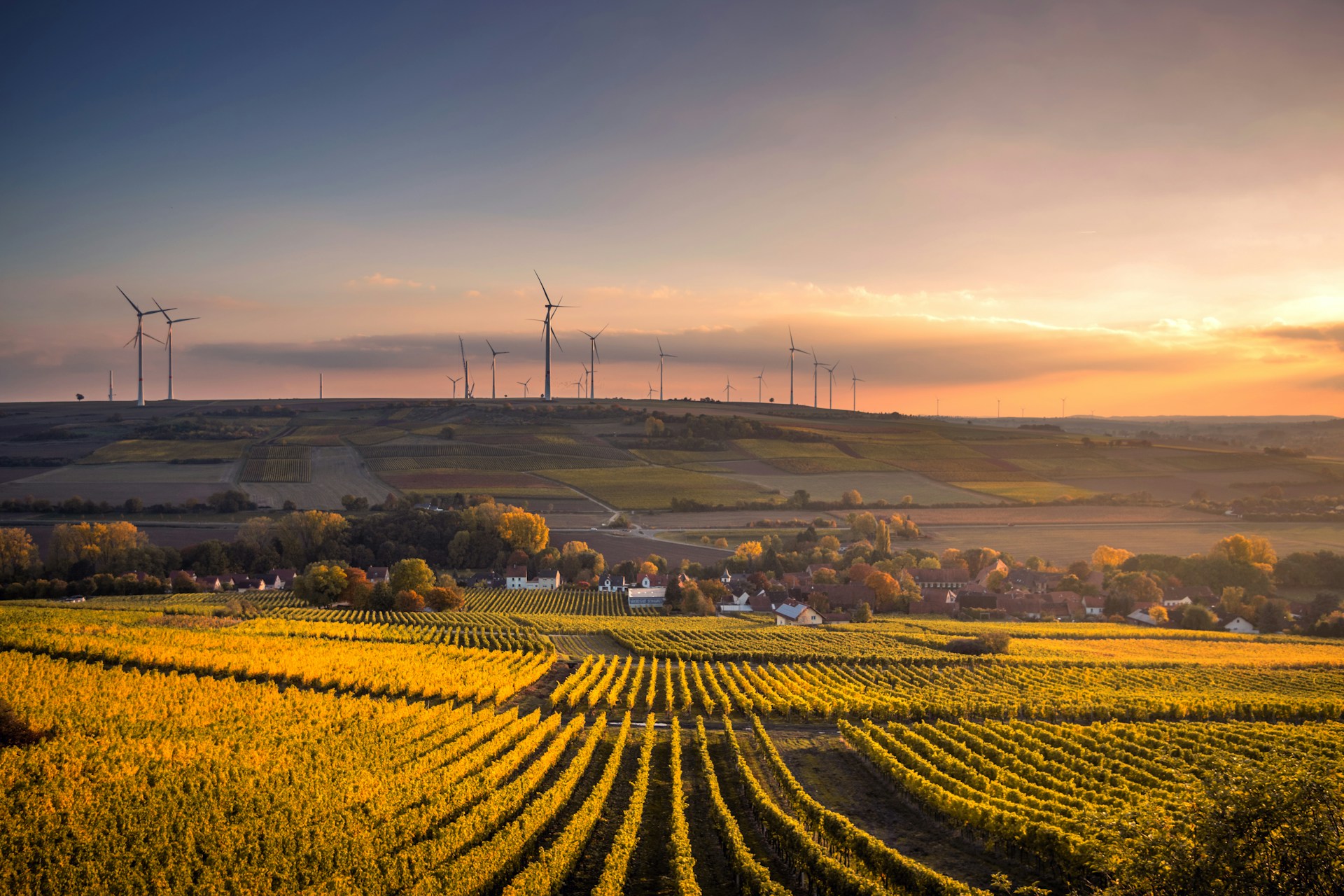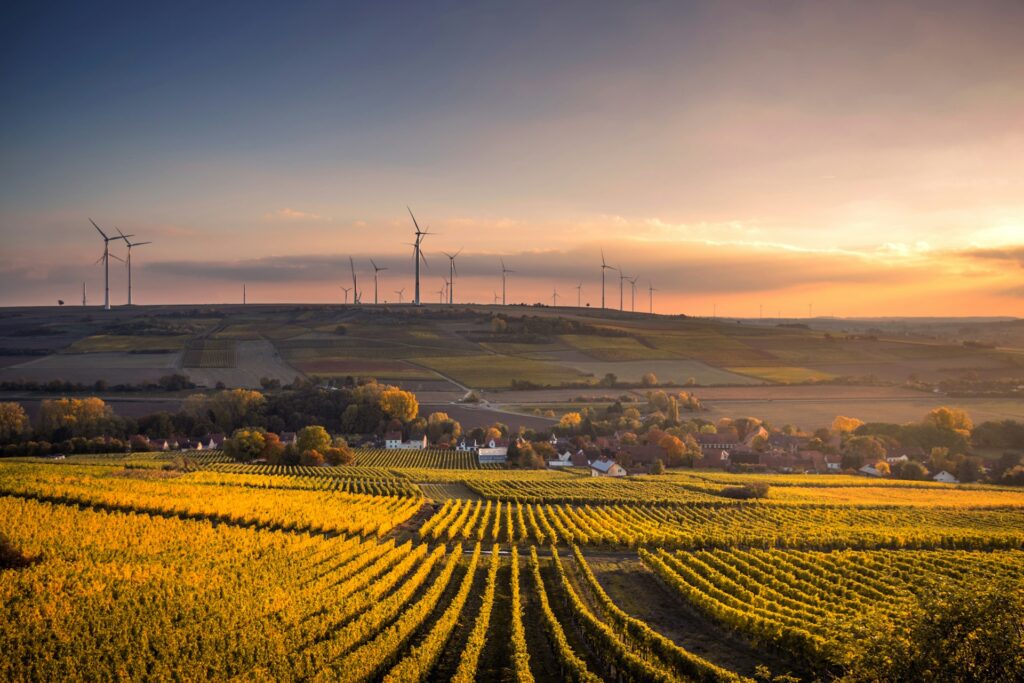Predictive analytics benefits nearly every industry that applies it. In most industries, it means monetary improvements, but the technology can also impact people’s health and well-being in others. Applying predictive analytics to food safety is one such use case.
The Importance of Proactive Food Safety
Food poisoning affects 48 million people each year in the United States alone. While these illnesses are often easily treatable, as hospitals become overcrowded and the population grows, they can have more serious consequences. Already, 128,000 cases of food poisoning have resulted in hospitalization and 3,000 deaths.
These outbreaks may also become an even greater threat over time. Climate change may make certain foodborne pathogens more common and affect the nutritional value of food. And the world’s population is growing, so available resources must be stretched further to reach everyone. As a result, more people who contract foodborne illnesses may not receive the treatment they need.
Given these concerns, food safety must be proactive. Organizations must proactively prevent the spread of infection to reduce the burden on healthcare systems and ensure a healthier world. Predictive analytics can support this goal by optimizing several aspects of food safety.

Preventing contamination on farms
Food safety starts where the food is produced. Some diseases are spread by pest contamination, and predictive analytics could enable more reliable preventative pest control than traditional methods.
Modeling pest outbreaks starts with collecting data on weather patterns, past outbreaks, and known interactions of certain pests with other chemicals or plants. Machine learning models can then predict when pest populations are likely to increase and what can stop them. Farmers can respond as needed, such as by spraying optimal amounts of pesticides or planting companion plants to scare off animals before they arrive.
Early experimental models under this umbrella have accurately predicted outbreaks up to seven years into the future, giving farms plenty of time to adapt. Even if these warnings only lead to increased attention to contamination risks, they could have a major impact on food safety.
Protecting food during transport
Predictive analytics can protect crops and animal products as they leave the farm and during transport. Unlike pest prevention, this application is less concerned with long-term trends and more focused on real-time data.
Internet of Things (IoT) sensors can track metrics like temperature and humidity during shipments in real time. Using this data, predictive models can identify when current conditions may lead to food safety concerns, such as temperatures exceeding safe levels. Once these trends are identified, they alert drivers and other stakeholders to take action before spoilage occurs.
Some solutions available today can monitor core temperature from up to one meter away, while others can detect bacteria and gases associated with spoilage. Whatever the details, real-time data and machine learning enable rapid response to prevent contamination or, if prevention is not possible, stop spoiled product from reaching the consumer.
Improved manufacturing process
Predictive analytics can also proactively drive food safety during manufacturing: Many manufacturers today are already investing in AI to optimize production workflows, and the same technology can also deliver safety improvements.
For example, consider the production of dry pet food, which accounts for 60% of the pet food sold today. These products are prone to cross-contamination from additives and surface contact during extrusion, but these hazards can be difficult to identify in large facilities. Predictive analytics can analyze the digital twins of these facilities to identify where this type of contamination is most likely to occur and inform changes to workflows to eliminate or reduce the risk.
Just as predictive analytics can reveal production bottlenecks, it can also alert manufacturers to processes that are prone to bacterial infections and other health hazards. Advanced models can also suggest alternative workflows to help ensure the safest manufacturing process possible.
Identifying supply chain vulnerabilities
Similarly, food and beverage companies can use predictive analytics to identify hazards in their supply chains: While third-party health and safety risks can be difficult to identify manually, AI can monitor real-time situations and analyze historical trends to predict vulnerabilities.
Companies can apply predictive analytics to their food supply chains in a few ways. One effective option is to analyze past health department reports to identify suppliers with a history of health and safety violations. Some solutions today can also highlight common themes across reports to reveal what risks a company faces.
Other supply chain analytics engines can analyze real-time data to predict potential outbreaks in local food supplies or increased local cross-contamination threats. Food companies can then adjust their supply strategies to avoid sourcing from these problem areas to prevent the spread of infection.
Learning from past outbreaks
Many supply chains are also employing predictive analytics for scenario modeling, which, when applied to food safety, can help experts understand the sources of past outbreaks and inform future prevention efforts.
With enough data on past foodborne illness outbreaks, machine learning models can identify trends that could be early warning signs, or reveal how logistics or production practices contributed to the spread of a disease. Predictive models can apply these insights to real-time farm, production facility, and health report data to forecast future cases.
Food processors are already using hyperspectral sensors, which could help detect early warning signs of unwanted microorganisms, such as gas emissions. This data, along with information about past foodborne illness outbreaks and evolution, could be fed into predictive models that could help predict new diseases before they affect anyone. As a result, global health organizations and food and beverage companies could implement much more effective mitigation measures.
Predictive analytics for better food safety
Many of the most common predictive analytics use cases revolve around risk assessment and optimization. While businesses primarily use these applications to drive efficiency and financial benefits, the same technology can also help improve safety in the food and beverage industry. Safety becomes increasingly important as populations grow and foodborne illness threats worsen due to climate change.
The use of predictive analytics for food safety is still in its infancy, but early signs are promising: as the technology evolves and more brands adopt it, the world has the potential to become a safer, healthier place.


